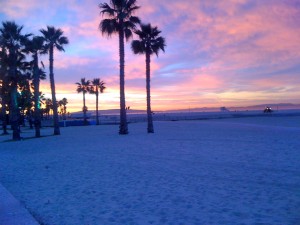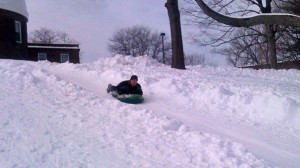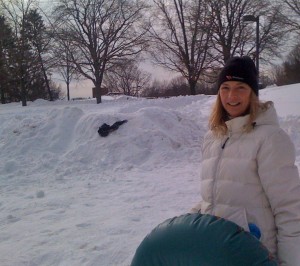Yesterday I received an email from a friend who has a relative who suffers from cystic fibrosis, “an inherited disease that causes thick, sticky mucus to build up in the lungs and digestive tract. It is one of the most common chronic lung diseases in children and young adults, and may result in early death.” She was writing because she had just heard about the amazing results that Vertex Pharmaceuticals had achieved with a drug it had created to eliminate almost all symptoms of a form of this dreaded disease. The jury is still out, but the results so far are inspiring. My friend had read that Vertex was founded by Joshua Boger. “Is that our Joshua Boger?” she asked.
It is our Joshua Boger ’73, P’06,’09, Chair of Wesleyan’s Board of Trustees. He reported the following to me:
We basically transformed most of these patients into biochemical normals; using biochemistry you could not tell they had a major metabolic defect, because we fixed it with one tiny pill twice a day. Average lung function went, in 30 days or so, from barely being able to climb stairs to being in normal activity indistinguishable from the usual American coach potato. We added on average a pint to every one of their breaths. Some patents ran across a room for the first time in ten years. Hospitalizable lung issues dropped 50%. Patients, who have a hard time keeping up normal weight because the defect affects food absorption, gained an average of 7 pounds over six months. All the effects are sustained through the entire study. Side effects leading to stopping participation in the trial were something like 5x higher in the placebo group than the drug group. It is without qualification the most spectacular clinical result I have ever seen. Transformative. First oral drug for any genetic disease that addresses the genetically defective protein directly. A major paradigm shift in drug discovery.
And only took 13 years from start till here! We should have this on the market by the first of next year. Good stuff.
Joshua was a philosophy and chemistry major at Wesleyan, and he founded his biotech company to “transform the way serious diseases are treated” (the company’s other major drug in production is for Hepatitis C). He’s told me more than once that he has a “high tolerance for ambiguity,” and I can see how he thinks of the long run. These drugs take a decade or more to develop. They also have the potential to make a lasting difference in the lives of thousands of people.
I was so proud to respond to my friend that yes, that’s Wesleyan’s Joshua Boger. He is on campus today for our Board of Trustee meetings (he also chairs the board of the Harvard Medical School). If you see him wandering around campus this weekend, please say “congratulations and thank you!”





